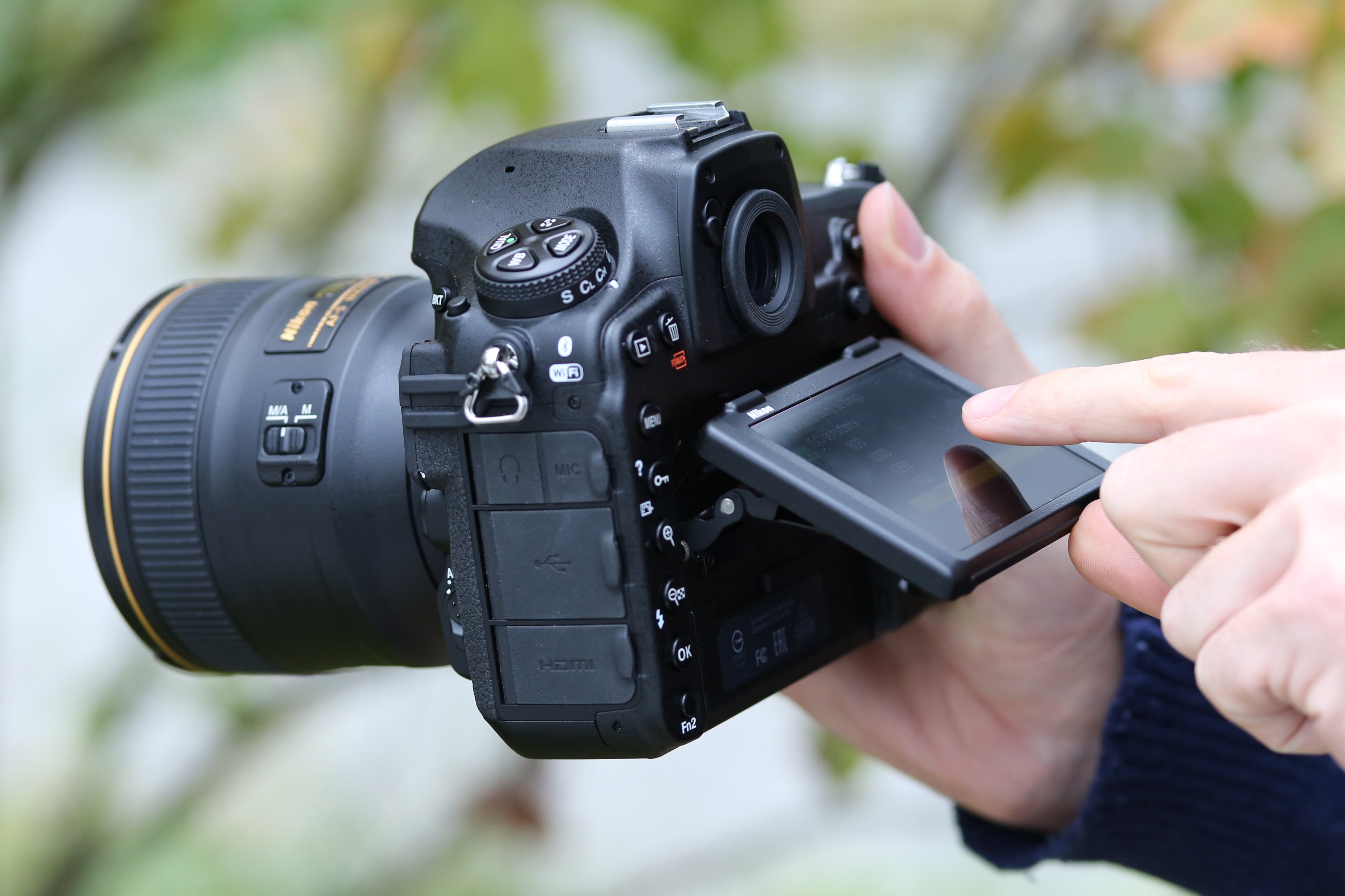How to Use a DSLR Camera for Beginners: A Professional Guide
As a professional photographer, the power and versatility of a DSLR camera are tools that you understand deeply. However, for beginners, the transition to using a DSLR can seem daunting. Understanding the fundamentals is crucial to unlock the full potential of this powerful device. In this guide, we will walk through how to use a DSLR camera for beginners in a way that will not only inform but also engage them.

Understanding Your DSLR: The Basics
When starting, the sheer number of buttons and settings on a DSLR can be overwhelming. Here are a few key components you need to familiarize yourself with:
The Mode Dial
This is often the first setting a beginner interacts with. The mode dial allows you to switch between different shooting modes such as Manual (M), Aperture Priority (A or Av), Shutter Priority (S or Tv), and Program (P). Starting with Auto mode can help you get a feel for your camera; however, to fully utilize your DSLRs capabilities, transitioning to manual settings is essential.
Lens and Focus
A DSLR cameras lenses are one of its most potent tools. Understanding how to attach and detach lenses correctly is fundamental. Additionally, knowing the difference between Auto Focus (AF) and Manual Focus (MF) will help in capturing crisp images. Heres a resource that can guide you on what DSLR camera you should buy as a beginner.

Mastering Exposure: The Exposure Triangle
Proper exposure is the bedrock of excellent photography. This is managed by whats known as the exposure triangle: Aperture, Shutter Speed, and ISO. Lets dive into each element:
Aperture
Aperture controls the amount of light entering the camera. It is denoted by f-numbers such as f/2.8, f/4.0, etc. A lower f-number means a larger aperture, allowing more light to hit the sensor. This is crucial for low-light conditions and achieving a shallow depth of field.
Shutter Speed
Shutter speed dictates how long the cameras shutter remains open to let light in. It is typically measured in fractions of a second, like 1/500s or 1/30s. Faster shutter speeds are excellent for capturing fast-moving subjects, while slower speeds can be used to create motion blur effects. For more details, you can check out why your DSLR camera might be blurry.
ISO
ISO measures the sensitivity of the cameras sensor to light. A lower ISO number (e.g., 100 or 200) is best for brightly lit environments, while higher ISO values (e.g., 1600 or 3200) are suitable for low-light conditions. However, be cautious with high ISO, as it can introduce grain or noise into your photos.

Composition Techniques for Beginners
Beyond understanding your camera and its settings, mastering composition techniques can dramatically improve the quality of your photographs. Here are a few essential composition tips:
Rule of Thirds
Imagine dividing your frame into nine equal parts using two equally spaced horizontal lines and two equally spaced vertical lines. The rule of thirds suggests placing your subject along these lines or at their intersections. This creates a balanced and engaging image.
Leading Lines
Leading lines guide the viewers eye through a photograph. These can be anything from roads and pathways to architectural structures. Utilizing leading lines can add depth to your images.
Framing
Framing involves using environmental elements to create a 'frame' within your photo. This technique can draw attention to your subject and add context to the scene.

Advanced Tips and Tricks
While mastering the basics is crucial, there are additional tips and tricks that can elevate your photography to the next level:
Using Custom White Balance
DSLR cameras generally offer several white balance presets such as Tungsten, Fluorescent, and Daylight. However, setting a custom white balance can provide more accurate color representation, especially in mixed lighting conditions.
RAW vs. JPEG
Shooting in RAW format gives you the most flexibility in post-processing. RAW files preserve all the data captured by the sensor, making it easier to correct exposure, white balance, and color in editing software.
Using Exposure Compensation
Exposure compensation allows you to adjust the cameras exposure settings without switching to full manual mode. This can be particularly useful in challenging lighting conditions.
Maintaining Your DSLR
Proper maintenance of your DSLR camera ensures its longevity and optimal performance. Here are some essential maintenance tips:
Cleaning the Lens
Dust and smudges on the lens can affect image quality. Use a soft, microfiber cloth or a blower to clean your lens regularly. For more detailed guidance, you can refer to this guide on how to clean your DSLR camera.
Battery Care
Keep your battery charged and store it in a cool, dry place when not in use. Avoid exposing it to extreme temperatures, which can reduce its lifespan.
Sensor Cleaning
Over time, dust may settle on your cameras sensor, impacting image quality. Regular sensor cleaning can prevent this. If youre unsure how to do this, seek professional assistance or follow a reliable guide.
FAQs
What is the best mode for beginners?
Auto mode is great for starting, but transitioning to Aperture or Shutter Priority modes can offer more control over your shots.
How do I choose the right lens?
Understanding your photography style can help. For general use, a versatile zoom lens is a good start. For specialized shots, consider prime lenses.
Can I use my DSLR as a webcam?
Yes, many DSLRs can be used as webcams. For a detailed guide, you can check this guide to using a DSLR as a webcam.
For further reading, you might find this complete beginners guide to a DSLR helpful.
As an Amazon Associate, I earn from qualifying purchases.

